Here are 10 Steps to Start an Organic Garden
Here's how we did our beds in the burbs! Remember we had a tiny backyard.
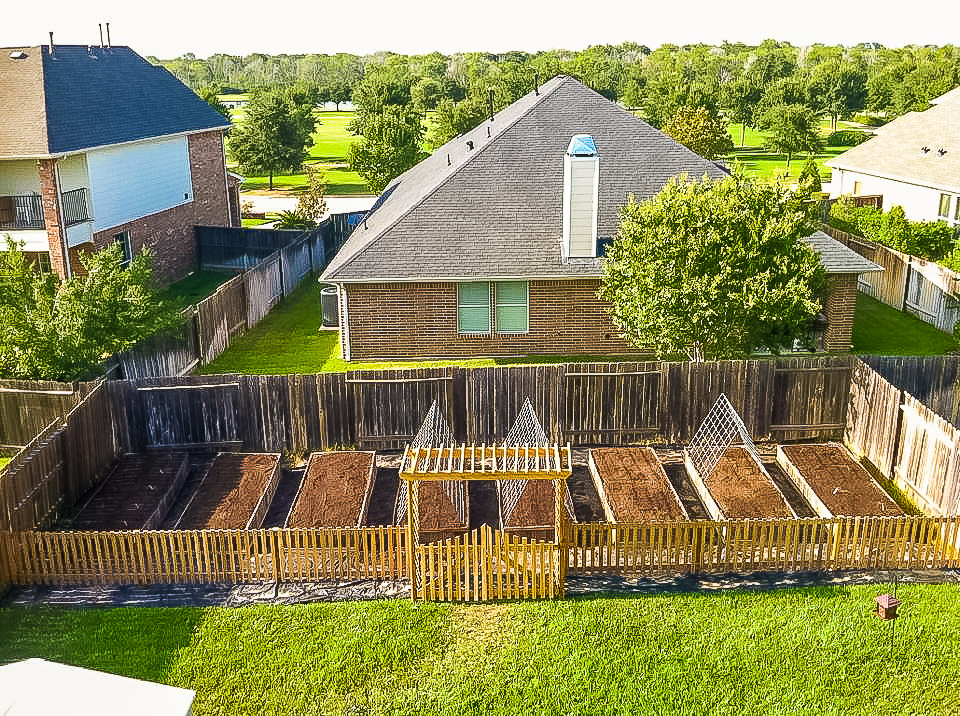 7. Plant. I suggest buying plants at your local garden center for your first garden, but now a days you can also buy them online, which I have done and have been happy with the products I've received. Planting seeds can be time-consuming, difficult and frustrating for the beginner. Some nurseries carry organically grown seedlings.
7. Plant. I suggest buying plants at your local garden center for your first garden, but now a days you can also buy them online, which I have done and have been happy with the products I've received. Planting seeds can be time-consuming, difficult and frustrating for the beginner. Some nurseries carry organically grown seedlings.
Because we had limited space, we chose a simple grid garden with long rectangular raised beds.
We used 2 cattle panels, wired them together on top to make our “A-Frame” trellises. The great thing about using this type of trellis is that they are very sturdy, and you can plant underneath them. We chose to plant lettuces, spinach and swiss chard underneath them so that we could get a longer harvest out of these cooler weather plants. Once the beans, cucumbers, running squash and melons grew up the sides, they provided shade to the more tender plants underneath.
Make sure to plant your Spring/Summer garden after all danger of frost. I visit the Aggie Horticulture website to find out all sorts of growing information, including average frost dates, as well as the number of plants to plant for my needs and hardy crops for my location.
8. Fence. Consider adding a small fence around the garden area, especially if you have young children or pets.

9. Water.
As you care for your plants by weeding and watering, watch for insect and fungus problems. Because we stay away from harmful chemicals, we use the following products for these situations:
Organic Garden Pest Control
a. Snails & Slugs: Sluggo ~ Kills snails & slugs yet safe for pets & wildlife!
b. Insects & Pests: Orange Oil ~ Contains the raw oil collected from the citrus peel during the juicing extraction. No heat is applied during this “cold pressed” process thereby preserving the integrity of the oil.
c. Animal Repellent: Deer Scram ~ Guard your valuable gardens, trees & shrubs from pesky browsing deer & foraging rabbits! Deer Scram is an organic, granular repellent that is best applied as a protective perimeter strip around flowers, plants and shrubs. This stuff really works!
d. Worms & Caterpillars: Safer Brand with BT (Bacillus thuringiensis var. kurstaki) ~ Beneficial bacteria applied as a spray to kill worms & caterpillars.
e. Fungus: Serenade Disease Control ~ Provides protection against a broad spectrum of the most common fungal and bacterial garden diseases, yet is completely non-toxic to bees and beneficial insects. It is so safe you can confidently harvest and eat fruits and vegetables the very same day they are treated.
10. Fertilize and weed your garden regularly. Garden vegetables are heavy feeders during the growing season, so fertilize every two weeks or at least monthly with dry molasses or a foliar fertilizer like Garrett Juice Here are some products we use regularly:
Organic Fertilizer & Ammendments
a. Garrett Juice ~ Great foliar feed for plants and veggies!
b. Dry Molasses ~ Enhances growth and productivity.
c. THRIVE An Earth-friendly living microbial treatment with Mycorrhizal fungi for the health of your soil. Safe for use around pets. Available for flowers, vegetables, tomatoes, tree & shrub, and new plants.
Weed Control
Hand-pull and hoe weeds daily to prevent frustration and being overwhelmed. “Use Vinegar – The Organic Herbicide: The best choice for herbicide use is 10% white vinegar made from grain alcohol. It should be used full strength. I've mentioned 20% in the past but it is stronger than needed and too expensive. Avoid products that are made from 99% glacial acetic acid. This material is a petroleum derivative. Natural vinegars such those made from fermenting apples have little herbicidal value.” – www.dirtdoctor.com
Before you know it you’ll be reaping what you sow! You and your family will enjoy the reward of having fresh vegetables at your fingertips for use in great recipes or just enjoying fresh from the garden! Happy harvesting!
Tomatoes: Cherokee Purple, Black Krim, San Marzano, Green Zebra, Yellow Pear, White Tomesol
I love the beautiful colors of these heirloom tomatoes. And you wouldn't believe the taste – there's nothing like a homegrown tomato! Yes, even the green variety and white variety taste like a ripe tomato!
Patty Pan Squash and Straight Neck Yellow Squash
Cucumbers, Lettuce, Green Beans
Israel Melons. Our favorite! So sweet, similar to cantaloupe crossed with honeydew with a tropical taste. They are wonderful!
The carrots grew beautifully in the fluffy well-amended soil of the raised beds. Our favorites were Heirloom Paris Market and Heirloom Danvers Half Long.
I hope you'll try gardening by starting a little at a time. If you have any questions, please feel free to ask in the comments.


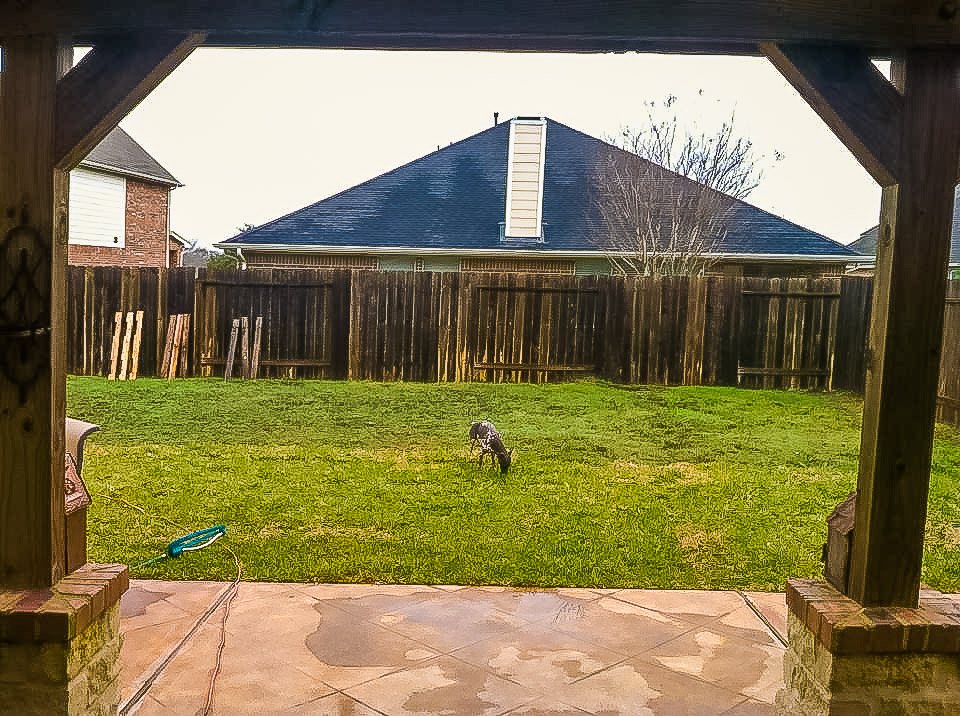
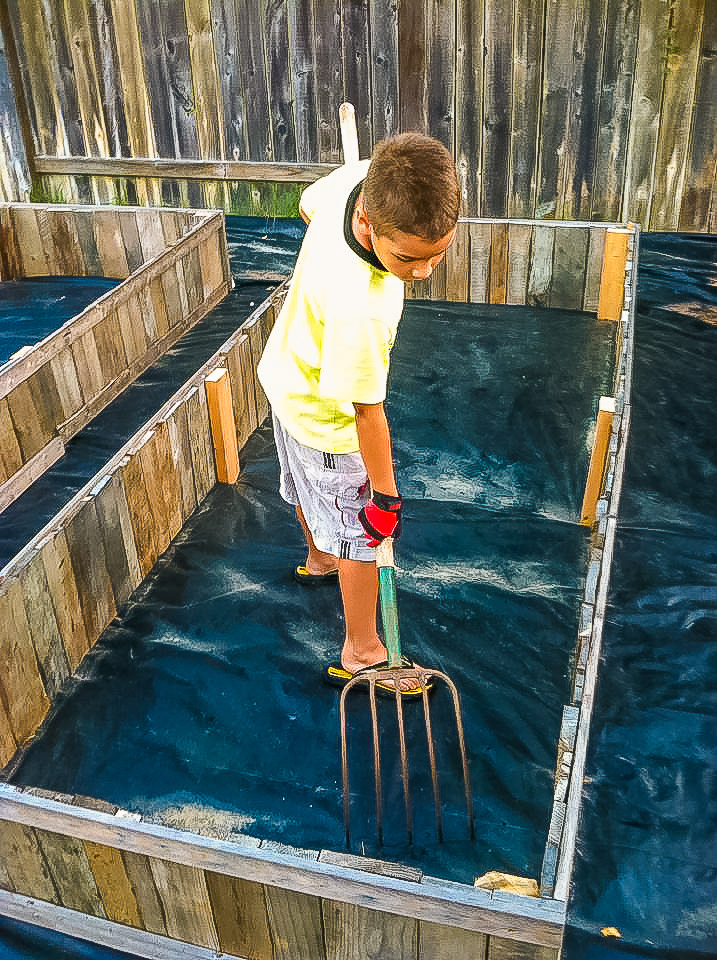
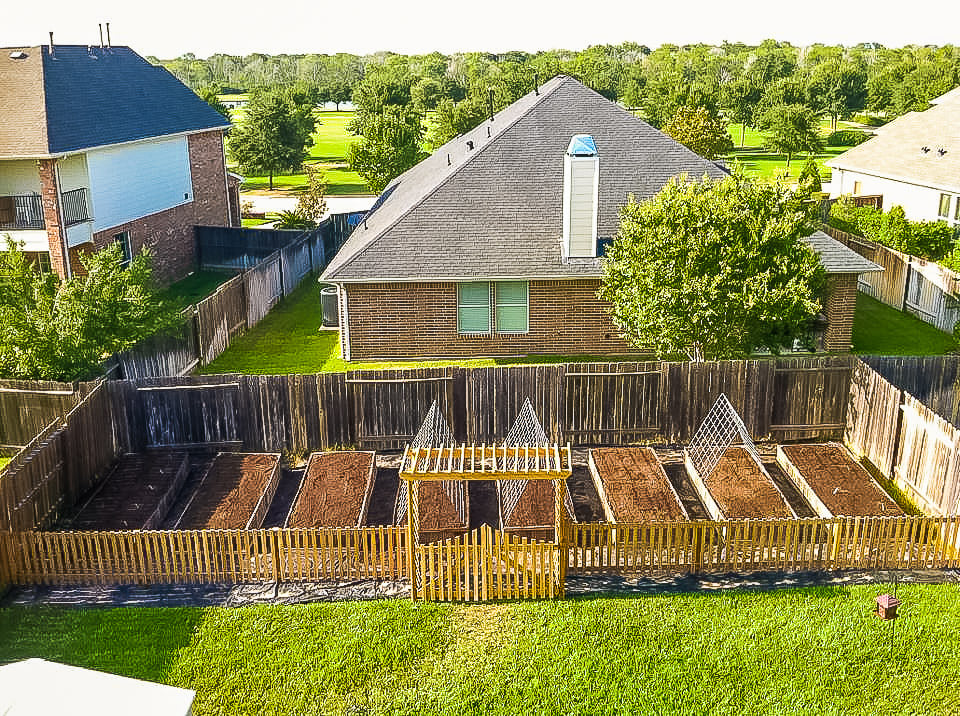
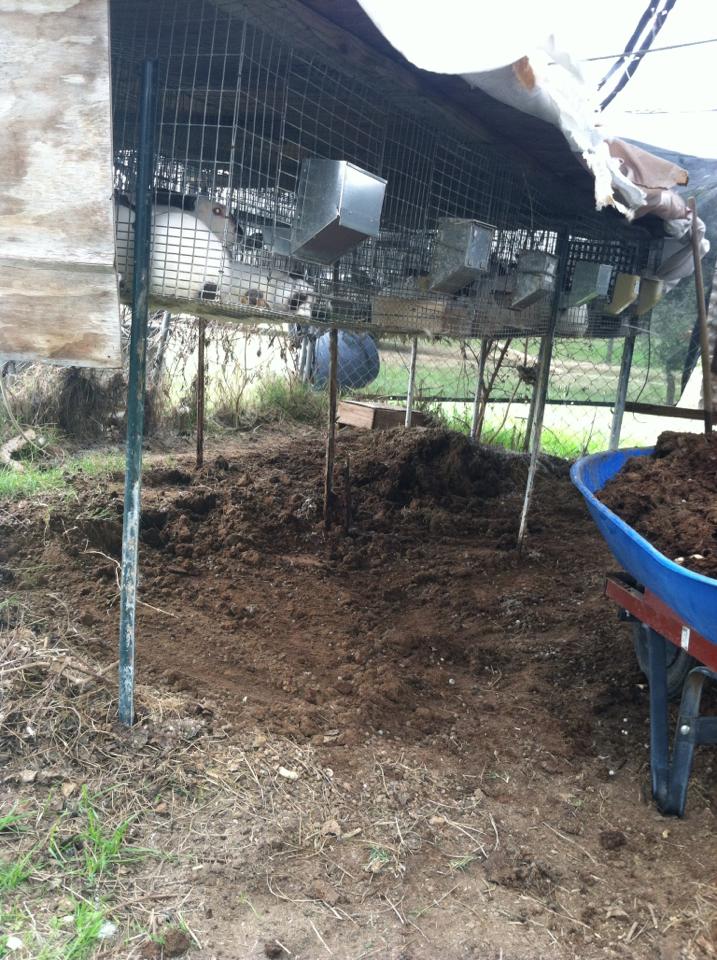
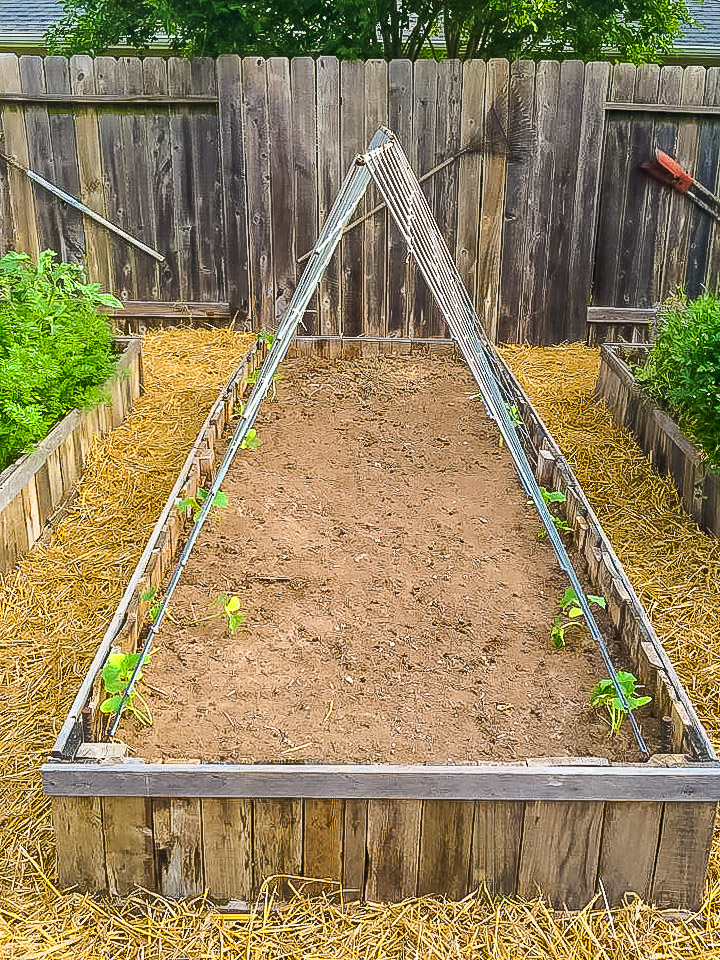
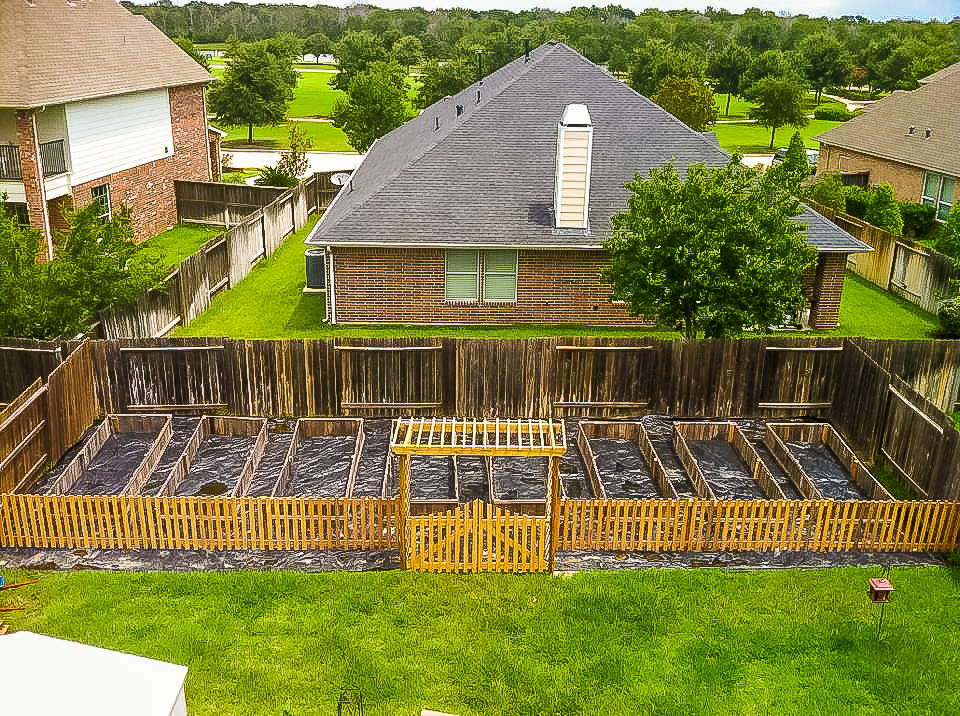
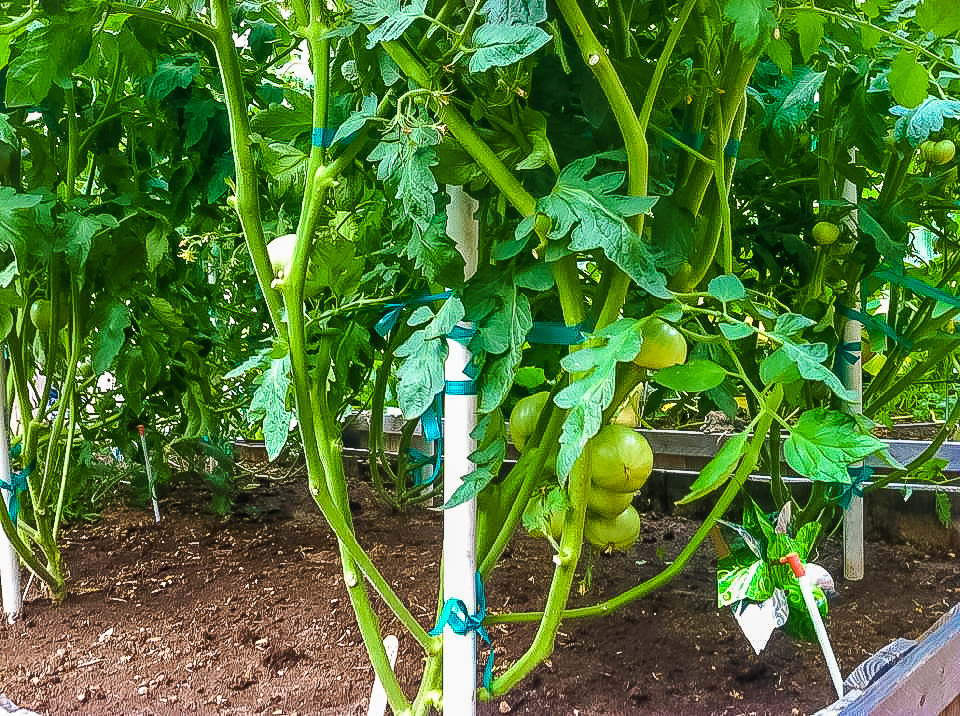
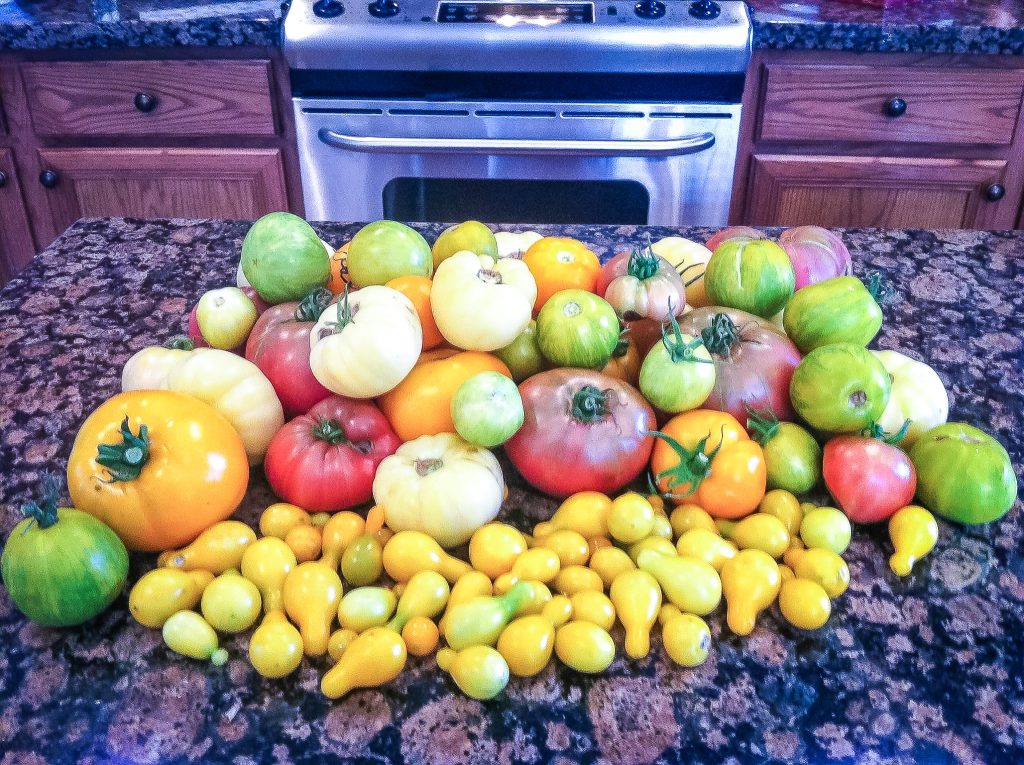

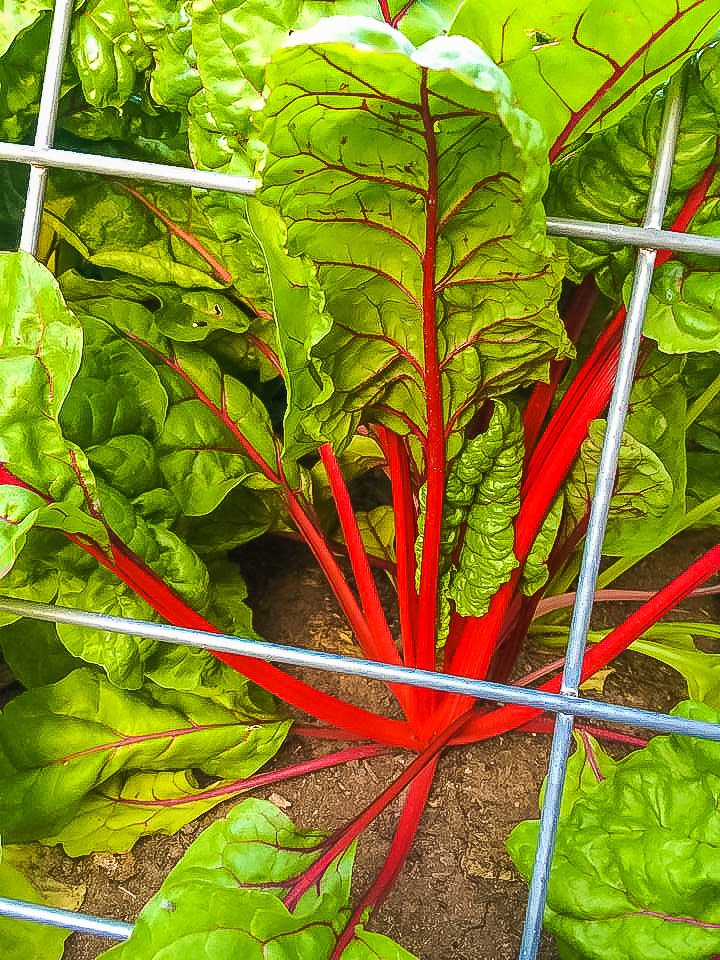
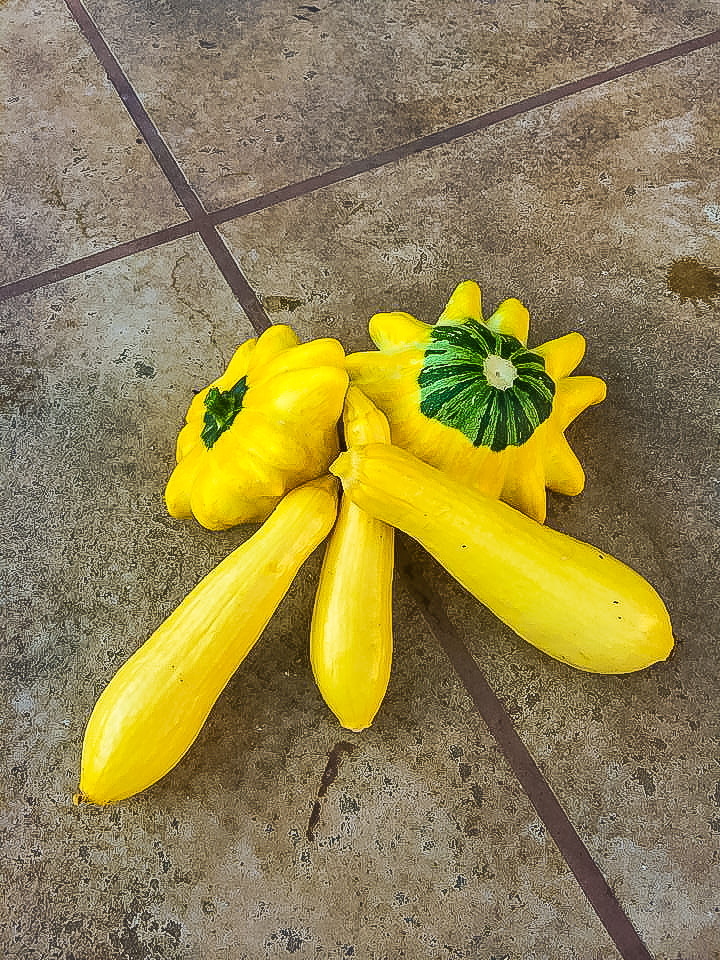
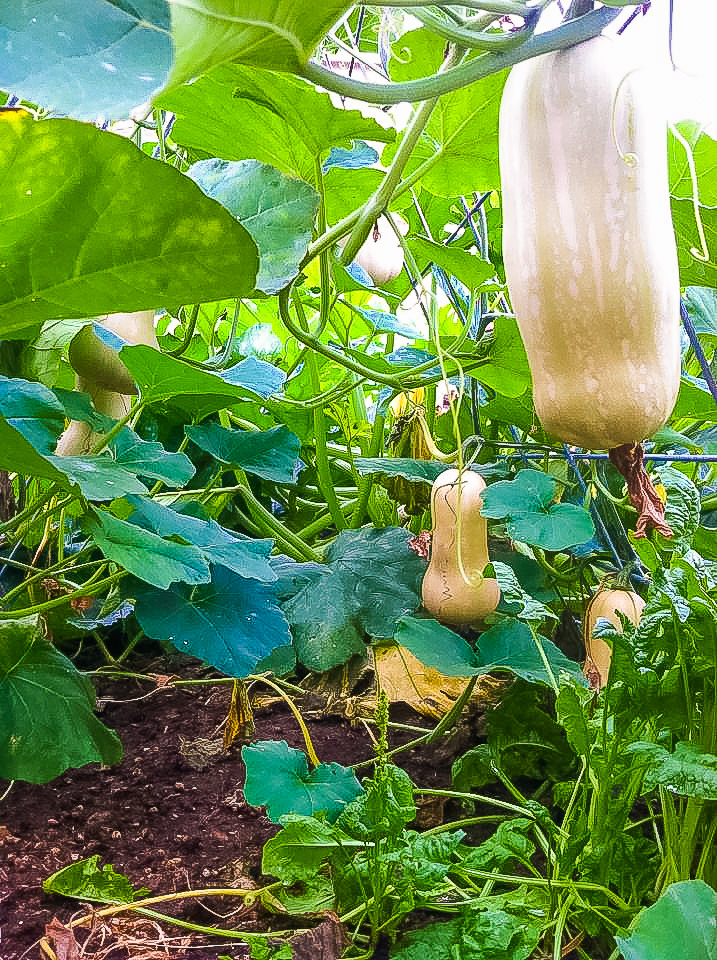
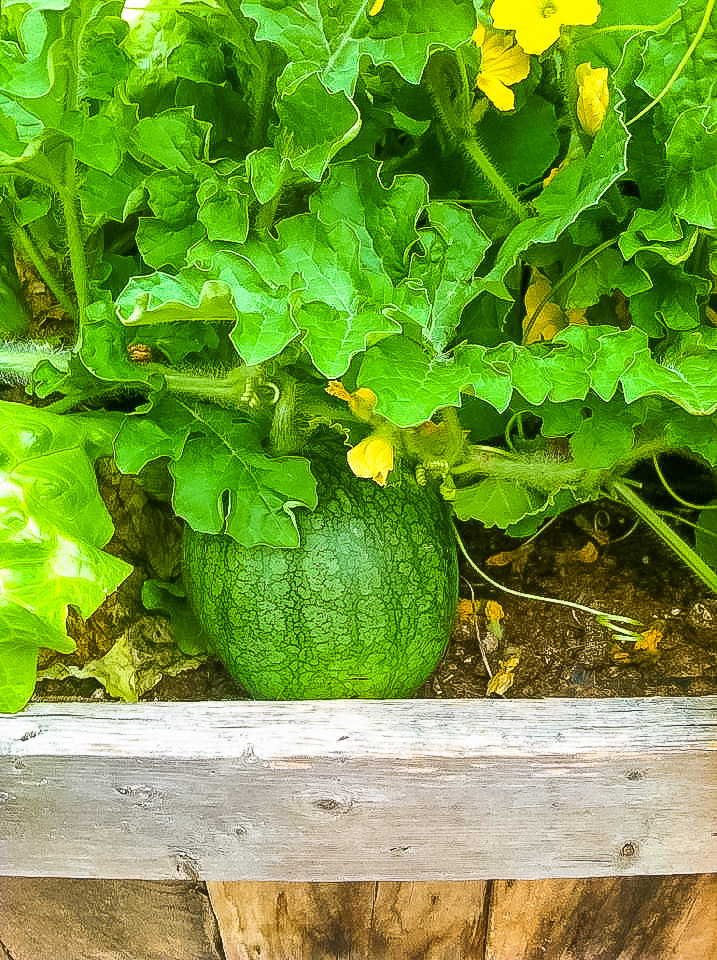
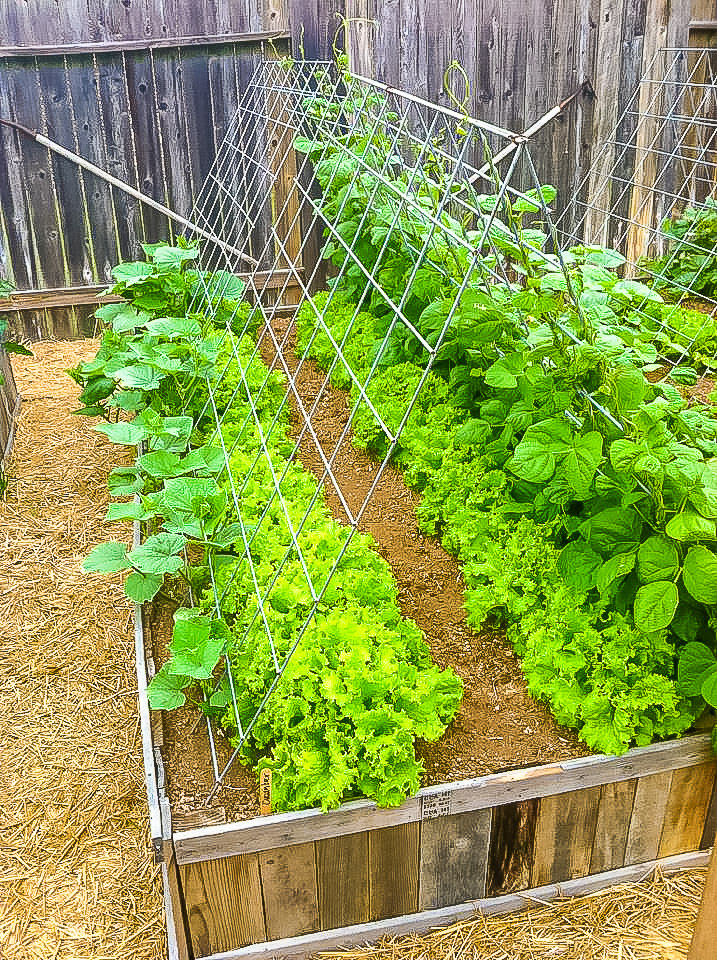
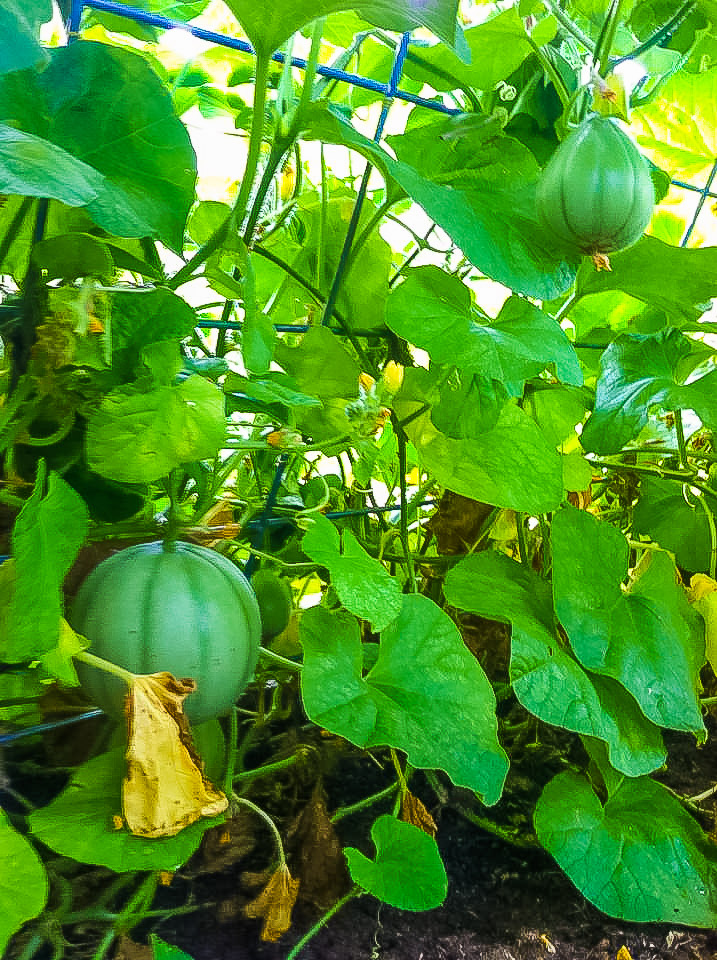

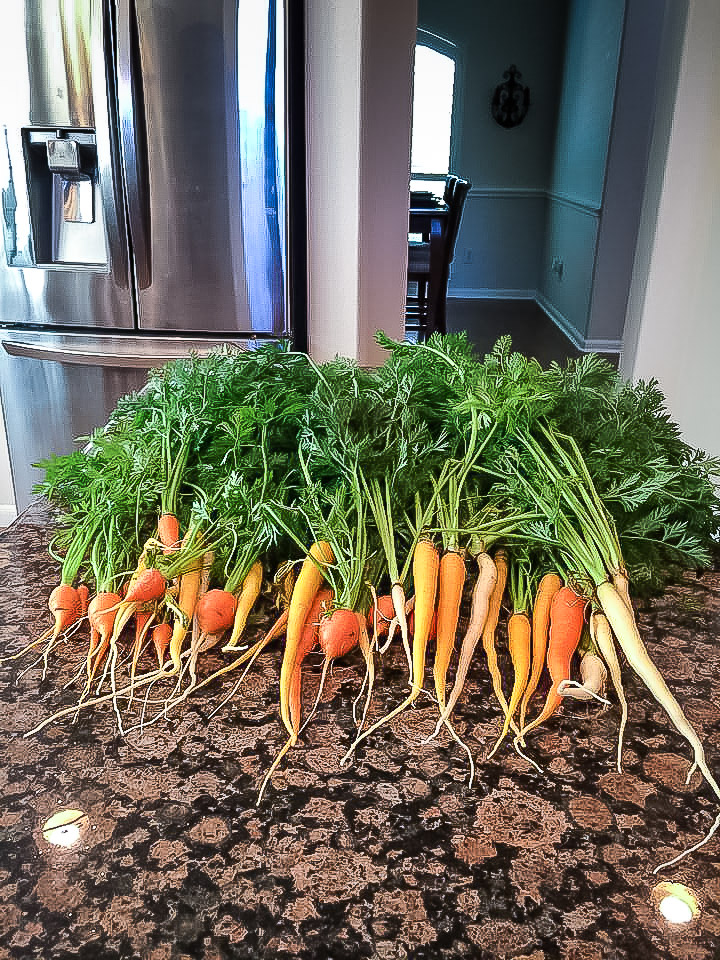

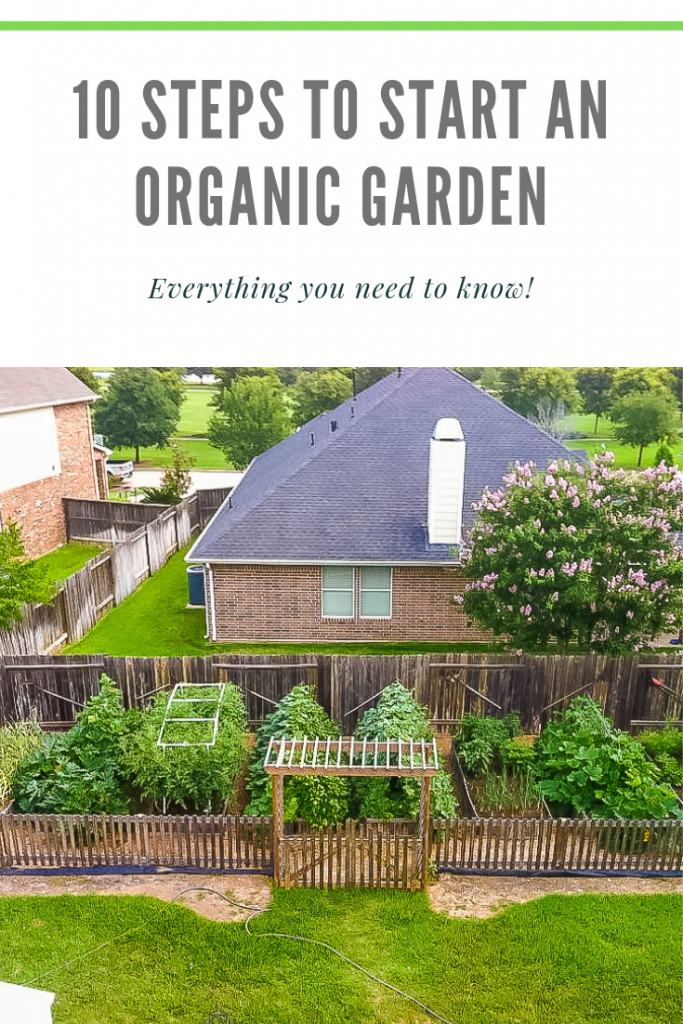
Leave a Reply